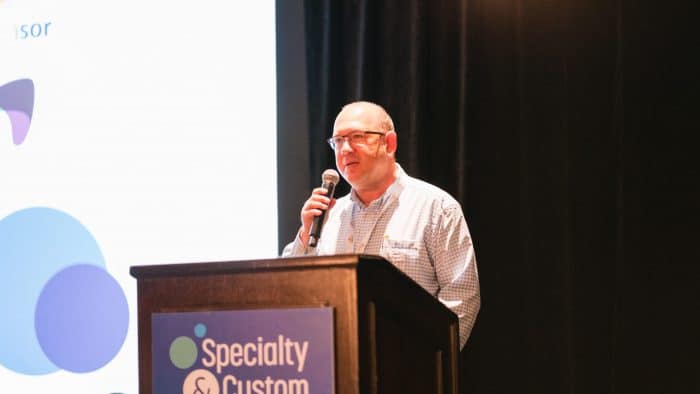News & Press
Utilizing Tax Incentives to Accelerate Innovation
By Yair Holtzman, CPA, MBA, MS, CGMA, Anchin
Partner & Practice Leader, R&D Tax Credits & Incentives & Chemicals, Life Sciences & Energy Practice Groups Leader
How can your chemical company take advantage of one of the most lucrative financial incentives offered in the U.S? Many companies do not realize their eligibility for the Research & Development (R&D) Tax Credit and how it can catalyze company growth and facilitate increased competitiveness. Other companies might not be maximizing their R&D Tax Credit claim, leaving a lot of money on the table.
I recently facilitated a session featuring case studies, conveying opportunities for what qualifies and what does not under the R&D tax credit regime during SOCMA’s Specialty & Custom Chemicals Show in Fort Worth. Here are a few key takeaways from that discussion:
Conducting evolutionary research and development?
If your company is investing in either revolutionary or evolutionary research or development activities, then your company may qualify for the lucrative Research and Development Tax Credit. Similar credits and incentives are also offered in the vast majority of states, several of which offer refundable credits to attract new jobs and industries to the region.

The R&D tax credit is an often overlooked or misunderstood opportunity for taxpayers, but why is this? Understanding the chemistry is critical as it facilitates marrying up the relevant chemical manufacturing or R&D work with the tax law. If properly utilized, the research credit can help offset income tax liabilities dollar for dollar, thereby lowering a company’s effective tax rate and increasing cash flow. For companies in net loss positions, the R&D credit can be carried back one year and carried forward for 20 years until it can be used. The research credit is more important now than ever before, as companies are pressured to improve their earnings per share and ROI in the face of increasing expenses, heightened regulations, increased global competition, tighter supply chains, and lower reimbursement rates.

For companies operating in chemical manufacturing, pharmaceutical, fine chemicals, intermediates, excipients, solvents, analytics instrumentation, polymer, oil and gas, laboratory and glassware, or similar industries, there is a strong likelihood that an R&D tax credit study could be beneficial. There are numerous examples of qualifying activities and projects. Some examples include activities such as successful formula development, process development, pilot batch development, scale-up processes, method development, designing product packaging, or improving upon production processes as these are either inherently evolutionary or revolutionary in nature and are likely to be labeled qualified research activities for the R&D tax credit.

In 2020, 85,900 companies claimed the R&D tax credit around the United States, and Anchin’s R&D team has supported numerous clients in the Chemicals manufacturing industry that have taken advantage of this incentive. Here are a few examples of that work:
- A New Jersey-based chemicals company described it as “the best way to refuel [their] innovation engine.”
- One company with sales of $300 million operating in the pharmaceutical space claimed a federal credit of $500,000, as well as New Jersey and Iowa state credits totaling another $500,000.
- In another situation, a credit claimed by a chemical manufacturing company located in the northeast was quadrupled by examining not only new product development, but also by analyzing and qualifying new process improvements.
- A Texas-based company in the oil and gas space thought they were doing “regular production” and never claimed the R&D tax credit; three years later, they are now receiving an $800,000 federal R&D tax credit and a $350,000 Texas state R&D tax credit.
Anchin’s R&D tax credits group, in conjunction with our Chemicals Industry Group, are well-versed in the operations, vernacular, and processes of the chemicals industry and are well-positioned to help you quantify and maximize, document, substantiate, and optimize your company’s research credit claim. Our team is composed of not only CPAs and attorneys, but also chemists who are well-positioned to marry up tax law with advances in the chemical industry. If you are not currently taking advantage of the R&D tax credit, or perhaps not optimizing your research credit claim, you should consider doing so in order to refuel your innovation cycle, re-invest in your goals, and catalyze the processes that allow for your company’s future success.
For more information on R&D Tax Credits, you can reach me at [email protected].
914-860-5599